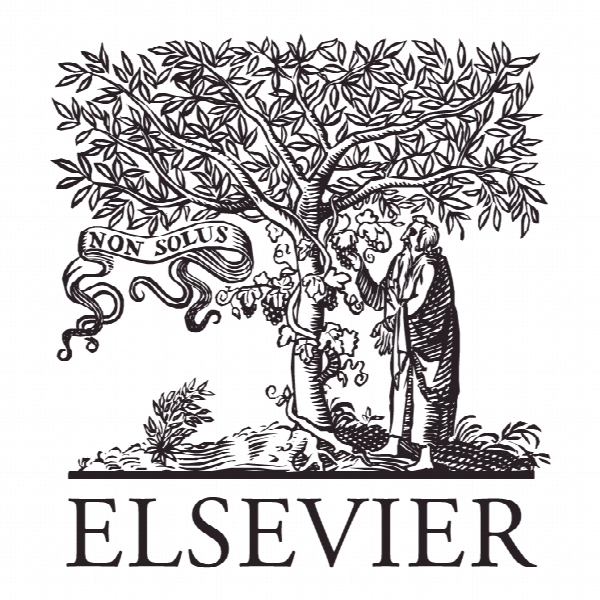اثرات کرم های خاکی بر سرنوشت ژن های مقاوم به تتراسایکلین و فلوروکینولون لجن فاضلاب در طی ورمی کمپوستینگ Effects of earthworms on the fate of tetracycline and fluoroquinolone resistance genes of sewage sludge during vermicomposting
- نوع فایل : کتاب
- زبان : انگلیسی
- ناشر : Elsevier
- چاپ و سال / کشور: 2018
توضیحات
رشته های مرتبط مهندسی کشاورزی و محیط زیست
گرایش های مرتبط شیمی خاک، علوم خاک و مهندسی بهداشت محیط
مجله تکنولوژی منابع زیستی – Bioresource Technology
دانشگاه Lanzhou Jiaotong University – Lanzhou – China
شناسه دیجیتال – doi https://doi.org/10.1016/j.biortech.2018.03.021
منتشر شده در نشریه الزویر
کلمات کلیدی انگلیسی Antibiotics; Antibiotic resistance gene; Earthworms; Sewage sludge; 43 Vermicomposting
گرایش های مرتبط شیمی خاک، علوم خاک و مهندسی بهداشت محیط
مجله تکنولوژی منابع زیستی – Bioresource Technology
دانشگاه Lanzhou Jiaotong University – Lanzhou – China
شناسه دیجیتال – doi https://doi.org/10.1016/j.biortech.2018.03.021
منتشر شده در نشریه الزویر
کلمات کلیدی انگلیسی Antibiotics; Antibiotic resistance gene; Earthworms; Sewage sludge; 43 Vermicomposting
Description
Introduction The excessive use of antibiotics for human and veterinary applications results in widespread occurrences of antibiotic resistance bacteria (ARB) and antibiotic resistance genes (ARGs) in the natural environment. Waste water treatment plants (WWTP) receive sewages from different sources, making them possible the hotspots for ARB and ARGs (Guo et al., 2017; Rizzo et al., 2013). As the by-product of WWTP, high abundances of diverse ARB and ARGs have also been documented in dewatered sewage sludge (Li et al., 2013; Guo et al., 2017; Karkman et al., 2017). In contrast to the removal efficiency of ARGs in sewage treatment, their removal in sludge treatment seems less efficient (Yang et al., 2014). Moreover, the sewage sludge containing high organic matter and diverse microorganisms enables the ARGs to propagate and disseminate among bacterial species through horizontal gene transfer (HTG, Li et al., 2013; Guo et al., 2017). The HTG can help spreading the ARGs from commensal and 65 free-living species to pathogenic ones through three canonical modes of conjugation, transformation and transduction, making the ARGs difficult to be completely removed from the environment (Von Wintersdorff et al., 2016). Consequently, to control the ARB and ARGs in sludge, several studies have investigated their fates in different sludge treatment systems (Su et al. (2015; Yang et al., 2016; Zhang et al., 2016; Yang et al., 2014; Wu et al., 2016). Aerobic composting and anaerobic digestion are considered potential recycling methods for treating sludge. However, previous studies showed that the abundance and diversity of ARGs were significantly elevated during thermal composting for sludge (Su et al. (2015; Yang et al., 2016; Zhang et al., 2016). In addition, Su et al. (2015) found 156 unique ARGs and mobile genetic elements in composted sewage sludge.


